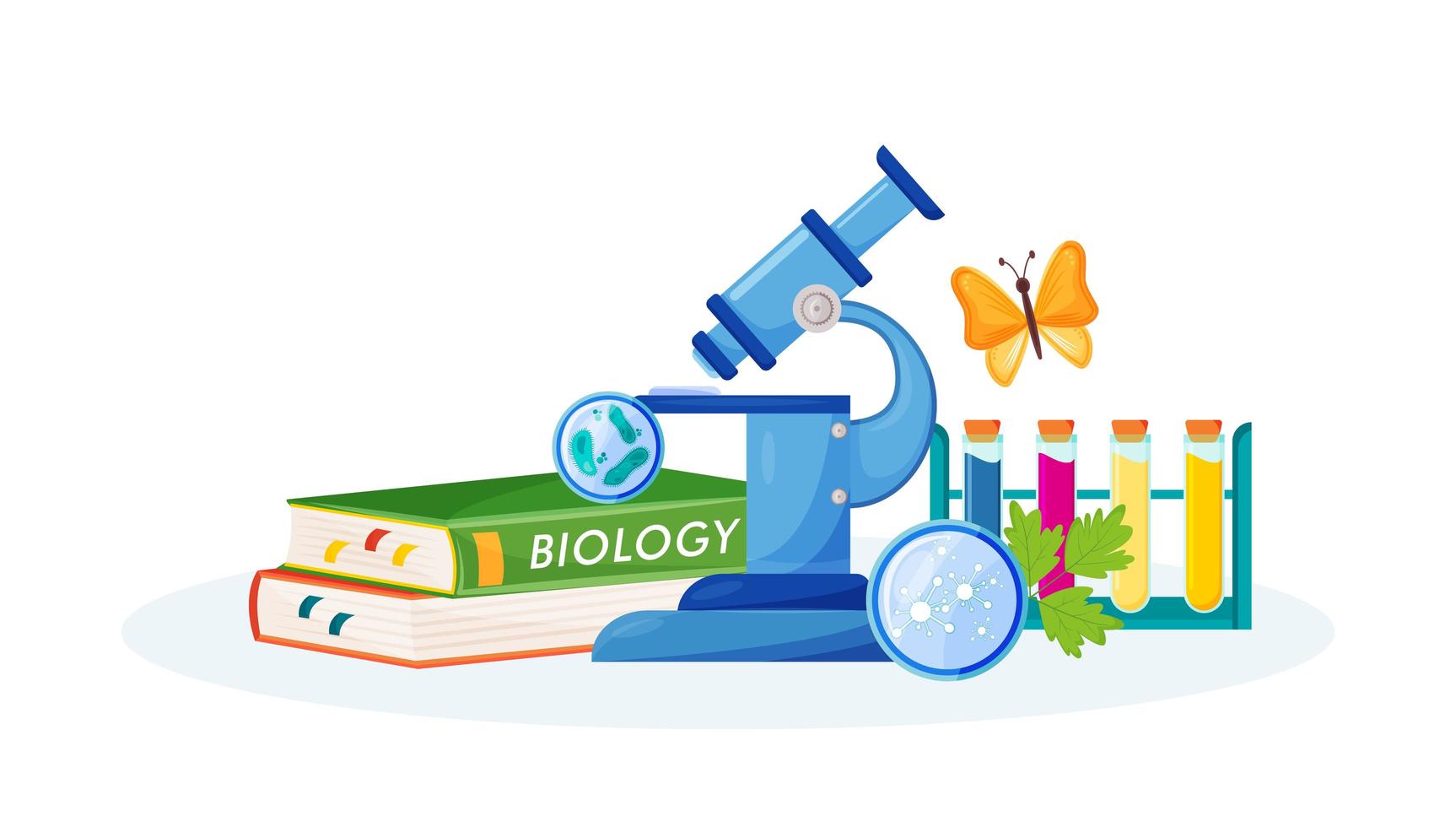4.1.2 Cell division
4.1.2.1 Chromosomes
- Chromosomes are the genetic information in nucleus
- They affect the make-up of the cell
- They determines which proteins are made
- DNA is packaged in chromosomes
- Chromosome are made up of coiled up DNA sections
- The DNA must not be tangled
- DNA makes up genes
- Genes = sequences of DNA
- Genes code for certain characteristics
- Each chromosome has many genes
Chromosomes in Pairs
- Chromosomes come from biological parents
- Each cell has 23 pairs of chromosome
- One copy of each set from the father and one copy from the mother
- Chromosomes are found in pairs
- If they are not paired, it could lead to genetic disease
- Many genetic diseases are as result of chromosome pairing problems e.g. Down’s Syndrome – extra 21st chromosome
4.1.2.2 Mitosis and the cell cycle
Cell Cycle
- The cell cycle is how cells duplicate and divide
- Cells divide to replace dead cells for growth or repair
- The length of the cell cycle varies between organisms
- Hair follicles, blood, skin and digestive system lining divide fast, and have a very quick cell cycle
- Interphase – cell are ready to divide, the cell grows, DNA duplicates, organelles are made
- Metaphase – genetic material separates, the cell is ready to divide into two daughter cells
- Cytokinesis – the cytoplasm and cell membrane split into two daughter cells
DNA Replication
- The cell grows to form two copies of each chromosome
- This cell now has double the DNA
- Each cell will eventually get the normal share of DNA
Making Organelles
- Organelles are produced so the cell now has double the organelles
- There is an increase in mitochondria number for energy
- There is also an increase in ribosomes for protein synthesis
- The cell grows, with the cell surface membrane extending and the cytoplasm grows too
Mitosis
- Chromosomes line up on equator (middle of the cell)
- Chromosomes are pulled to opposite poles (sides) of the cell
- Chromosomes are pulled apart by spindle fibres
- Membranes form around the chromosomes to become two new nuclei
Cytokinesis
- Division of the cytoplasm and cell membranes to surround the new nuclei are formed
- This final stage of the cell cycle involves the formation of new cells
Mitosis for Growth
- Cells are constantly growing and dividing
- Mitosis allows this with the formation of identical daughter cells
- Important for all eukaryotes cells as they are needed to grow
Mitosis for Development
- Replacing skin cells – skin cells damaged constantly, replaced by dividing cells underneath the surface
- Growth of organism
- Asexual reproduction – single-celled organisms reproduce to produce two daughter organisms
4.1.2.3 Stem cells
Types of Stem Cells
- A stem cell is an undifferentiated cell
- It has the ability to differentiate and form a specialised cell
- It can divide by mitosis to form a tissue of stem cells
- Then different cell clusters can differentiate to many tissues of different specialised cells
- This is how the human body develops from a single embryonic stem cell
Embryonic Stem Cells
- Stem cells in embryos are known as embryonic stem cells
- Embryonic stem cells are found in early embryos
- They are completely undifferentiated
- They can be used to turn into any type of cell
Adult Bone Marrow Stem Cells
- Stem cells can be found in the bone marrow, teeth and other areas
- These cells cannot differentiate into any type of cells (like embryonic stem cells)
- They can only differentiate into predetermined cells, such as some blood cells (i.e. red blood cells and white blood cells)
Plant Stem Cells
- Stem cells are found in plant meristems
- These cells can differentiate to form any type of plant cell
- They are present throughout the lifespan of the plant
- Stem cells from meristems can be used to prevent extinction
- These cells can be harvested from plants that are threatened by extinction
- These plants can then be grown in favourable conditions, as clones of the original plant, to keep these rare plants in existence
Stem Cells to Treat Diabetes
- Patients with diabetes suffer from a lack of insulin, and have high blood glucose levels
- Stem cells can be made that can produce insulin, for insulin injections
- Used to treat those who suffer from diabetes (type I)
Stem Cells to Treat Paralysis
- Stem cells can be differentiated to form nerve cells
- These cells are used to treat those who suffer from the nerve damage that causes certain types of paralysis
Therapeutic Cloning
- Immune rejection is an issue in medical treatment
- There is a risk of the recipient’s immune system rejecting the ‘foreign’ cells
- The use of therapeutic cloning can reduce the risk of rejection
Get Access to 20 Free GCSE Tutorials
Therapeutic Cloning
- Therapeutic cloning uses stem cells from the patient
- An embryo is produced, to have the same genetical material as the patient, and the stem cells are extracted
- These cells should not be rejected by the patient’s immune system as they have the same genetic material as the patient
Ethical Debate







Still got a question? Leave a comment
Leave a comment